Password managers are a key resource in maintaining your security. They allow you to keep track of your passwords and encrypt them before they leave your device. Some password vaults can also generate and change passwords for you in one click, as well as securely store other types of data like credit card information. Password managers may remind you to change passwords regularly, evaluate their strength, or scan the dark web to check if any of your logins appeared online. A password manager also makes sharing your data with family and friends safer.
When using a password manager, you’ll only need to remember one master password. Combine it with multi-factor authentication (MFA)and biometric authentication to increase your security.
While they can increase your security exponentially, even reliable password managers can’t keep you 100% safe online. Following are a list of possible risks and ways to mitigate them:
- Not all devices are secure enough. Password managers can be hacked if your device is infected with malware. Users should invest in a trustworthy antivirus that will secure all devices first and reduce risks.
- Not using biometric authentication. NordPass, RoboForm, and Keeper all offer a biometric authentication option, such as requiring a fingerprint or face scan which offers another level of protection.
- Utilizing a Bad password manager. Not all password managers are created equal. Make sure the software you use does not lack the necessary security features to effectively protect your credentials at all times.
- Forgetting your master password. Select a password manager that has a reset feature or store your master password in some physically secure place. Be sure to enable account recovery options.
- Know what data is in your password manager. Be sure to know which accounts are stored in your password manager so in the case of a breach, you know which accounts to take action on, thus leaving the attacker with less time to cause more harm.
In a digital landscape where cyber threats are on the rise, using a password manager is a proactive measure that can overall protect your personal information and maintain robust online security. It simplifies the process of managing passwords, strengthens your defenses against unauthorized access, and provides peace of mind in an increasingly interconnected world. If you don't already, consider integrating a reputable password manager into your digital routine to enjoy the benefits of streamlined and fortified password security.

